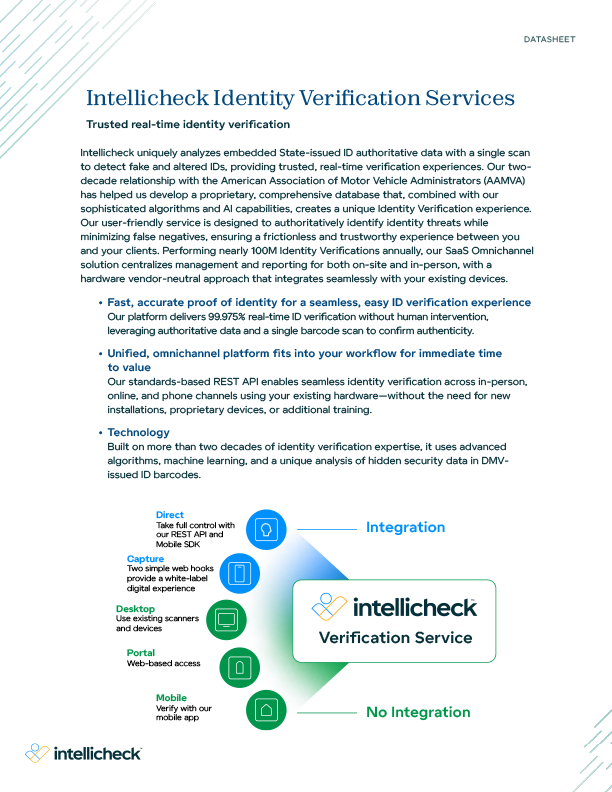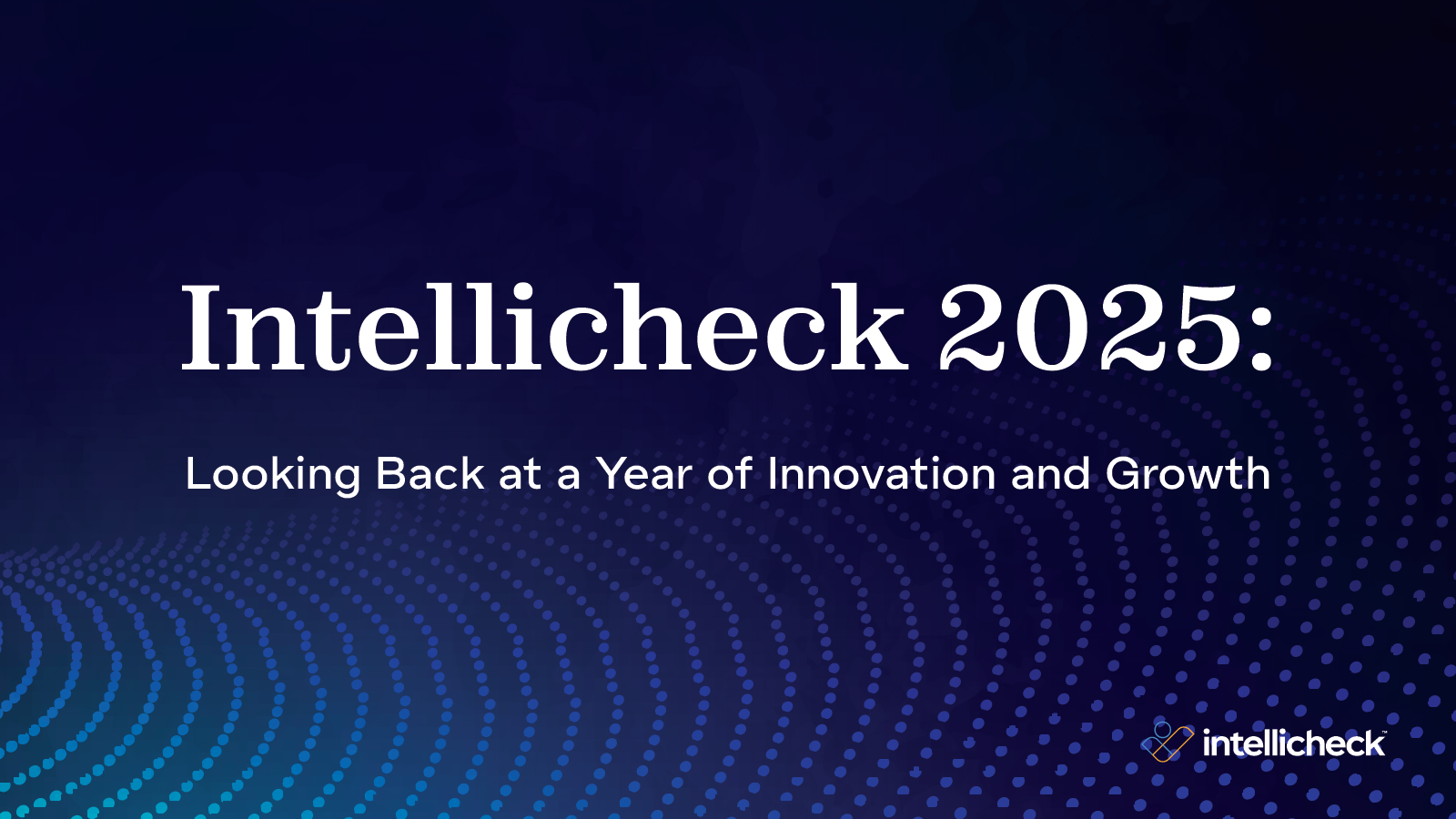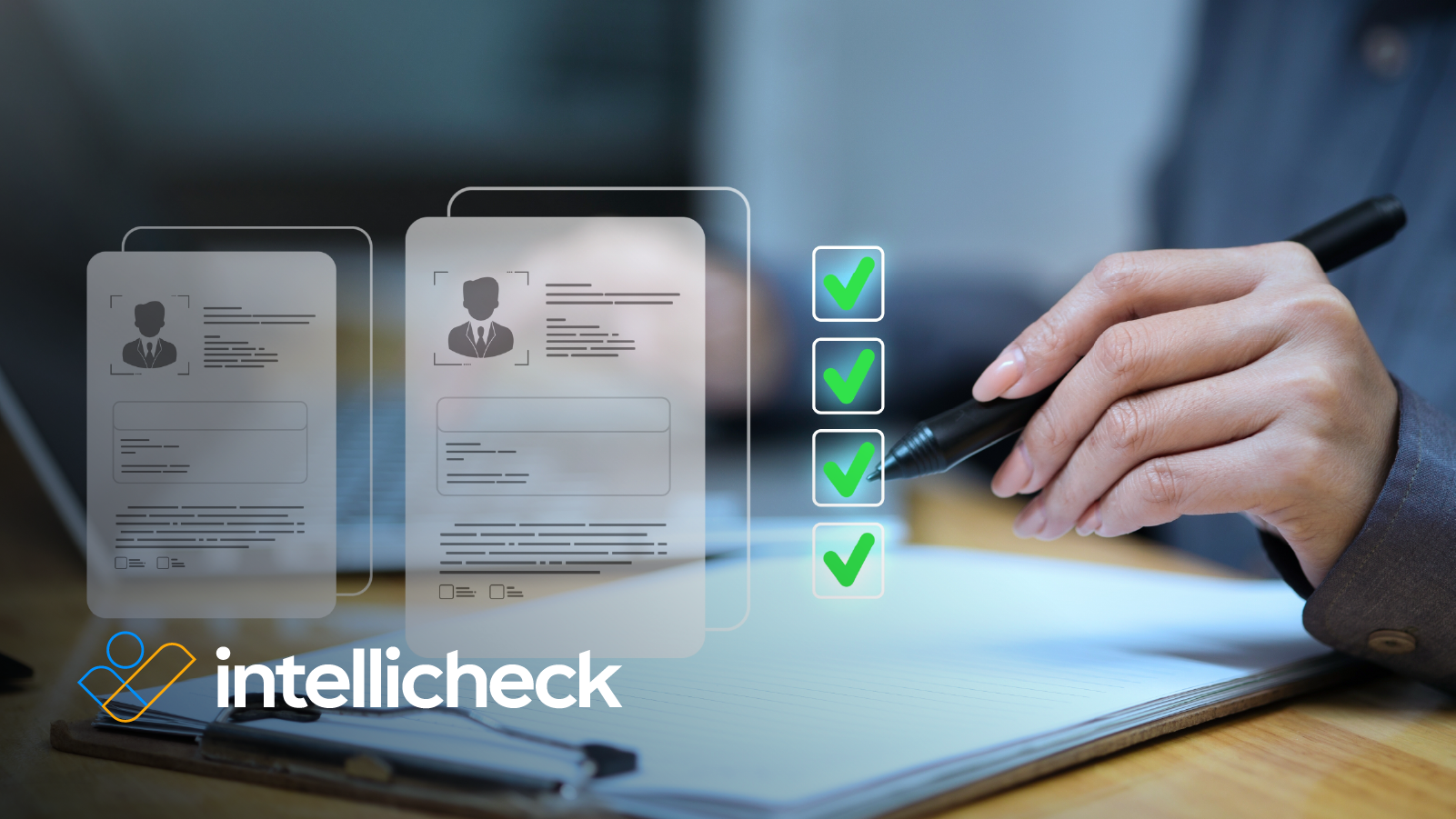As new innovative methods for combating traditional identity theft continue to pop up, fraudsters have found new ways of getting around those roadblocks. That’s why there’s been an influx of synthetic fraud cases in the last few years. This means that rather than assuming an individual’s identity, fraudsters are now creating completely new identities based on a variety of real identity elements.
Here’s a deep dive into what synthetic fraud is and how your business can combat it.
What Is Synthetic Fraud?
In simple terms, cybercriminals are now combining real information with fake to create a unique identity that does not actually exist or is associated with a real person. Hence the “synthetic” fraud. The real elements of this fabricated identity are those stolen from various sources, and sometimes various people, and is known as synthetic identity fraud.
How Does It Work?
In traditional identity theft, a fraudster steals user data, such as name, SSN, date of birth, credit card details and other valuable information and uses it to file fake tax returns, open new financial accounts or commit other fraudulent activities. The victim, whether it is a bank or a consumer, stays unaware of the breach unless an unauthorized payment shows up on their bank statements or credit history.
On the other hand, in the case of synthetic fraud, fraudsters create an identity using names, a social security number, date of birth and address from different sources. The SSN number and address may be real, but the corresponding name and date of birth might be fictional. These identity thieves have been successfully maneuvering this by stealing the SSN of children who aren’t old enough to have established credit and therefore won’t notice if a fraudster is racking up credit or taking out loans.
Because there is no “real” victim, synthetic fraud can go unnoticed and unreported for a long time. By the time banks realize the presence of fraud, it typically is already too late, leaving financial institutions left to absorb the blow.
The Effects Synthetic Fraud has on Banks
According to the Federal Reserve, synthetic fraud is the fastest growing crime against banks and their consumers. In fact, synthetic fraud costs banks over $6 billion in damages each year and the average loss is roughly $10,000 per account and climbing! And these affected banks are taking blows in a variety of areas, including:
Loans
Scammers use fake accounts to seek various types of loans. The perpetrators use the credentials of a customer with good credit standing to seek approval for the loan. Once the loan amount arrives into the fraudster’s account, they disappear into the wind without a trace. By the time banks find out about the scam, it is virtually impossible to trace the imposter.
Credit Cards
Scammers target the pre-approved credit card application forms that are sent out to consumers by banks. Once issued, the fraudster racks up the debt, causing maximum financial damage to both the bank and the consumer whose credentials were exploited. However, the bank is left with a confused consumer and gets locked in a battle of “how to pay the outstanding bills.” According to Forbes, 80% of credit card frauds are due to synthetic fraud.
Money Laundering
Money laundering can be the most detrimental form of synthetic fraud; scammers use mule accounts to transfer stolen money to other countries. This money is used to fuel terrorism, drugs, human trafficking, and other international crimes. In the end, because no real person exists, banks are left holding the smoking gun, answerable to authorities.
How to Combat Synthetic Fraud
Even though synthetic fraud has been costing banks billions each year, there has been no efficient way of stopping it. But, banks can make the ID checking process more rigorous and take all precautionary steps to verify and authenticate the information when onboarding new customers. A few methods to consider to help crack down on synthetic fraud include:
Adding More Verification & Authentication Steps
The majority of banks use Knowledge-based Authentication (KBA), such as maiden name, school name, first pet, etc. to verify an individual’s identity. This, however, is not effective and can be easily maneuvered by fraudsters with publicly available information.
Banks should consider utilizing a more intricate, third-party data-based verification process. This can include social media accounts, cell phone records, address history, back-up email IDs, and other phone numbers. Having the extra data helps banks to recognize inconsistencies that can point to synthetic fraud.
Utilize Documentation Verification & Biometric Screenings
In addition to more authentication steps, banks can also consider utilizing other measures like documentation verification and biometric screenings to validify an identity and battle synthetic fraud. Documentation verification entails checking identification documents, like a driver’s license, during an onboarding process to ensure an ID is genuine. Before any additional authentication steps are taken, there are immediate qualifiers like checking the plastic to determine whether or not the government issued plastic is real.
Advanced technology with great functionality, like that of Intellicheck, should be used to capture driver’s license data quickly and verify the ID’s validity with the highest guaranteed accuracy.
Biometric screening technology can also be used to combat synthetic fraud as it adds another layer of visibility. Biometric security measures include facial and/or voice recognition that provide for a more in-depth screening process. It’s much more difficult for fraudsters to do what they do best if they were screened with biometrics.
Once again, facial recognition only works effectively if the ID they use is real, which is why the first step for true verification is ensuring the government issues plastic is real. With Intellicheck, you can easily match a driver’s license photo with a selfie that checks for liveliness and can detect deep fakes. If customers aren’t enrolling in person for a loan or credit card, Intellicheck’s ID Check will run facial recognition measures to ensure authenticity.
Protect Your Business With Intellicheck
With the rising danger of synthetic fraud, it is important to catch criminals before they fall through the cracks of identity verification systems. Whether you are a bank or any other financial institution, Intellicheck is providing state of the art, real-time verification methods to save you and your customers money from fraudulent activity.
Intellicheck’s fast and easy-to-deploy authentication solutions are trusted by the world’s largest financial institutions to stop identity theft with greater than 99% accuracy.


%20copy.webp)





